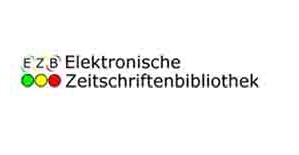Economic and Social Dimensions of Gender Equality Perceptions: A Case Study of Pakistan
DOI:
https://doi.org/10.52223/econimpact.2023.5317Keywords:
Empowerment , Employment, Women, Gender, Political, Economic, EducationAbstract
Unequal distribution of responsibilities within households, limited education for females, mobility constraints, and gender-segregated job choices hinder women's employment prospects. We explore the biases towards women's empowerment in Pakistan across five crucial dimensions: Political, Economic Business, Employment, and educational empowerment, spanning two time periods: T1 and T2. Note that T1 (time period 1) refers to long run data of the decade from 2010 to 2022 analysis and T2 (time period 2) for examining recent trends from 2018 to 2022 as short-term trends. The methodology employed is Probit modeling. We uncover transformation in societal behaviors, revealing that female respondents challenge traditional gender stereotypes using two survey data sets. The interesting findings lie in the T2 analysis, where significant shifts in perceptions underscore the urgency of tailored policy interventions emphasizing education, economic empowerment, and equality in the workplace. This study's novelty lies in its in-depth examination of evolving gender dynamics within the unique context of Pakistan, offering valuable insights for policymakers and researchers to contribute significantly to the discourse on women's empowerment.
Downloads
Downloads
Published
How to Cite
Issue
Section
License
Copyright (c) 2023 Samina Akhtar, Maryam Ishaq

This work is licensed under a Creative Commons Attribution 4.0 International License.
















